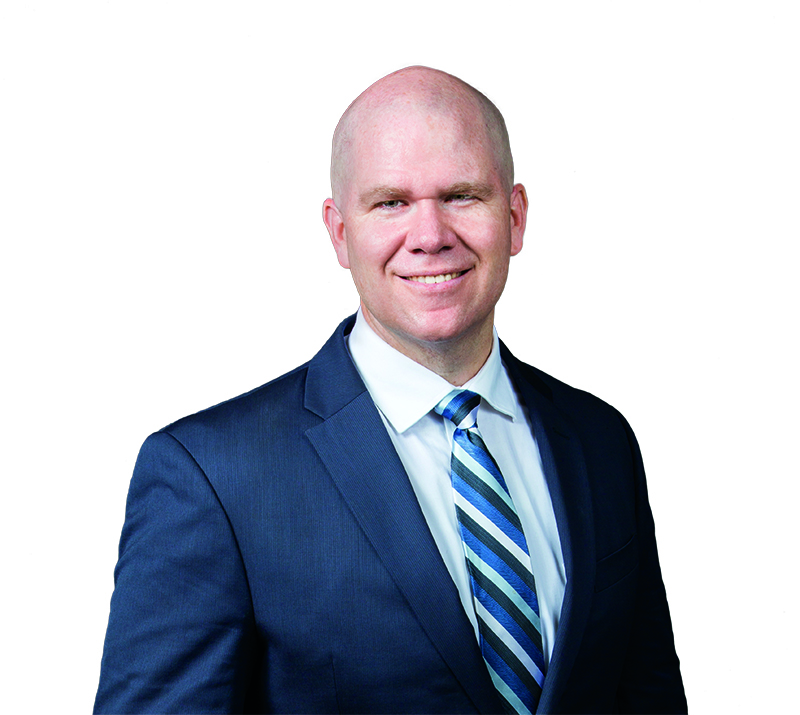Thought
“Given the growth in impact investing, it’s time to take a look at how people try to structure these contracts to pursue more than one goal at a time.”
Ronald O. Perelman Finance Professor and department chair David Musto, discussing how social impact can be written into contracts when investors are looking to balance profits with social benefits. His latest paper on the topic, “Contracts With Benefits: The Implementation of Impact Investing,” was co-authored by Wharton adjunct finance professor Christopher Geczy, Jessica Jeffers of the University of Chicago, and Anne Tucker of Georgia State University.
Data Interpreted
 Year by which Girls Who Invest aims to see 30 percent of the world’s investable capital managed by women
Year by which Girls Who Invest aims to see 30 percent of the world’s investable capital managed by women
Girls Who Invest CEO Janet Cowell C90 G95 WG95 told the Knowledge@Wharton radio show on Wharton Business Radio (Sirius XM 132) that women manage less than 10 percent today, and in mutual funds specifically, only seven percent.
Data Interpreted
 Revenue growth for brands possessing four or more “Elements of Value”
Revenue growth for brands possessing four or more “Elements of Value”
Speaking at the Wharton Customer Analytics Conference in May, Ridhima Raina WG12 of Bain & Company explained the 30 attributes that lead to higher net promoter scores and drive revenue growth. Raina and colleague Ilker Carikcioglu noted that brands with only one element had revenue gains of just three percent.
Thought
 “The advice I would give my 22-year-old self is to be compassionate.”
“The advice I would give my 22-year-old self is to be compassionate.”
LinkedIn CEO Jeff Weiner W92, keynote speaker at Wharton’s undergraduate graduation ceremony in May. Weiner defined compassion as “empathy plus action” and applied the concept to business: “Managing compassionately is not just a better way to build a team; it’s a better way to build a company.”
 Data Interpreted
Data Interpreted
 Increased government debt plus GDP reductions if individual tax cuts from the Tax Cuts and Jobs Act are extended to 2040
Increased government debt plus GDP reductions if individual tax cuts from the Tax Cuts and Jobs Act are extended to 2040
The Penn Wharton Budget Model analyzed the impact of an extension beyond the current end date of 2025. “The debt just completely outweighs the positive impact of growth from these tax cuts, and the economy shrinks,” said Kimberly Burham, managing director of legislation and special projects at the PWBM, on the K@W radio show.
Thought

Peter Conti-Brown
The Unraveling Of Theranos
Elizabeth Holmes had the world on a string. In 2003, the 19-year-old college dropout founded Theranos, a medical technology company that promised to revolutionize health care via a device that could test for a range of conditions using just a few drops of blood. Holmes racked up big-name investors, forged a partnership with Walgreens, and raked in the money: Theranos reached a valuation of $9 billion.
But this story of a Silicon Valley unicorn was too good to be true. An investigation by Wall Street Journal reporter John Carreyrou uncovered the truth that led to the company’s downfall. Holmes and former Theranos president Ramesh “Sunny” Balwani have been indicted on federal fraud charges. Carreyrou chronicled the saga in a book titled Bad Blood: Secrets and Lies in a Silicon Valley Startup. He visited the Knowledge@Wharton radio show, which airs on Wharton Business Radio on SiriusXM, to discuss the story along with business ethics and legal studies professor Peter Conti-Brown, who teaches about Theranos for the business responsibility core class for Wharton MBAs.
Asked about how Holmes secured funding from some of the most prominent people in the business world, Carreyrou said, “I would make a distinction between two types of investors. The investors who came in early, when she had just dropped out [of college], were cognizant of the fact that she was trying to implement her vision but that the odds, as they always are, are against an entrepreneur. Only a small percentage of startups survive, and an even smaller percentage make it. So I would say that the Larry Ellisons and the Don Lucases and the Tim Drapers who invested early were not defrauded. The people who were defrauded were the investors who came in after the fall of 2013—the Rupert Murdochs, the Waltons, the Coxes, the Carlos Slims. … The proof [Holmes and Balwani] submitted to these investors was the fact that they had gone live with the blood tests in Walgreens stores. That’s when it really crosses the line into a massive financial fraud on the one hand, and then fraud against doctors and patients and the public on the other hand, because she is exposing the public in Arizona and California to these faulty blood tests.” The author explained that the U.S. Attorney’s Office described the Theranos deception as two schemes: one to defraud investors, and another to defraud patients and doctors.
Published as “Data Interpreted” in the Fall/Winter 2018 issue of Wharton Magazine.





















 Data Interpreted
Data Interpreted




